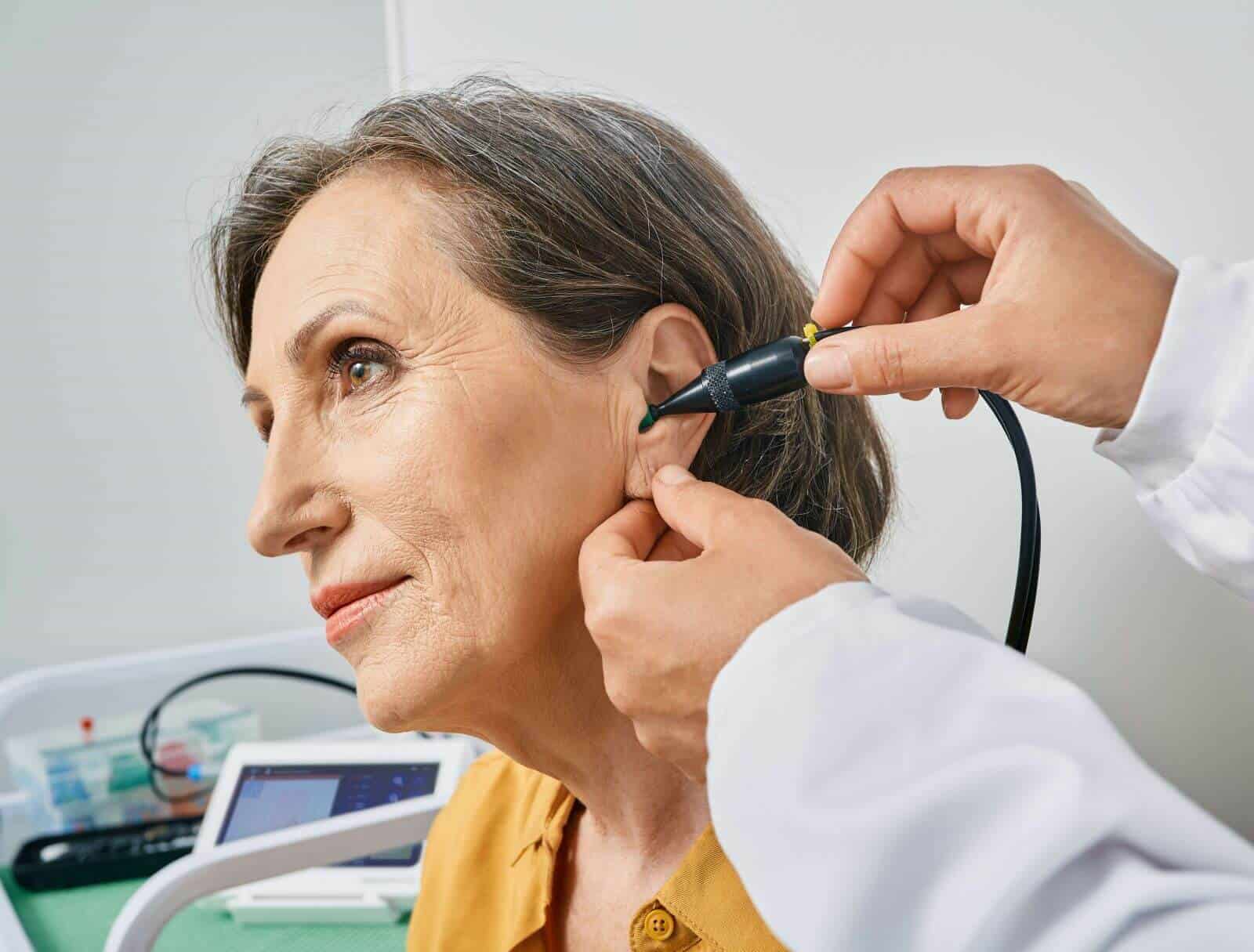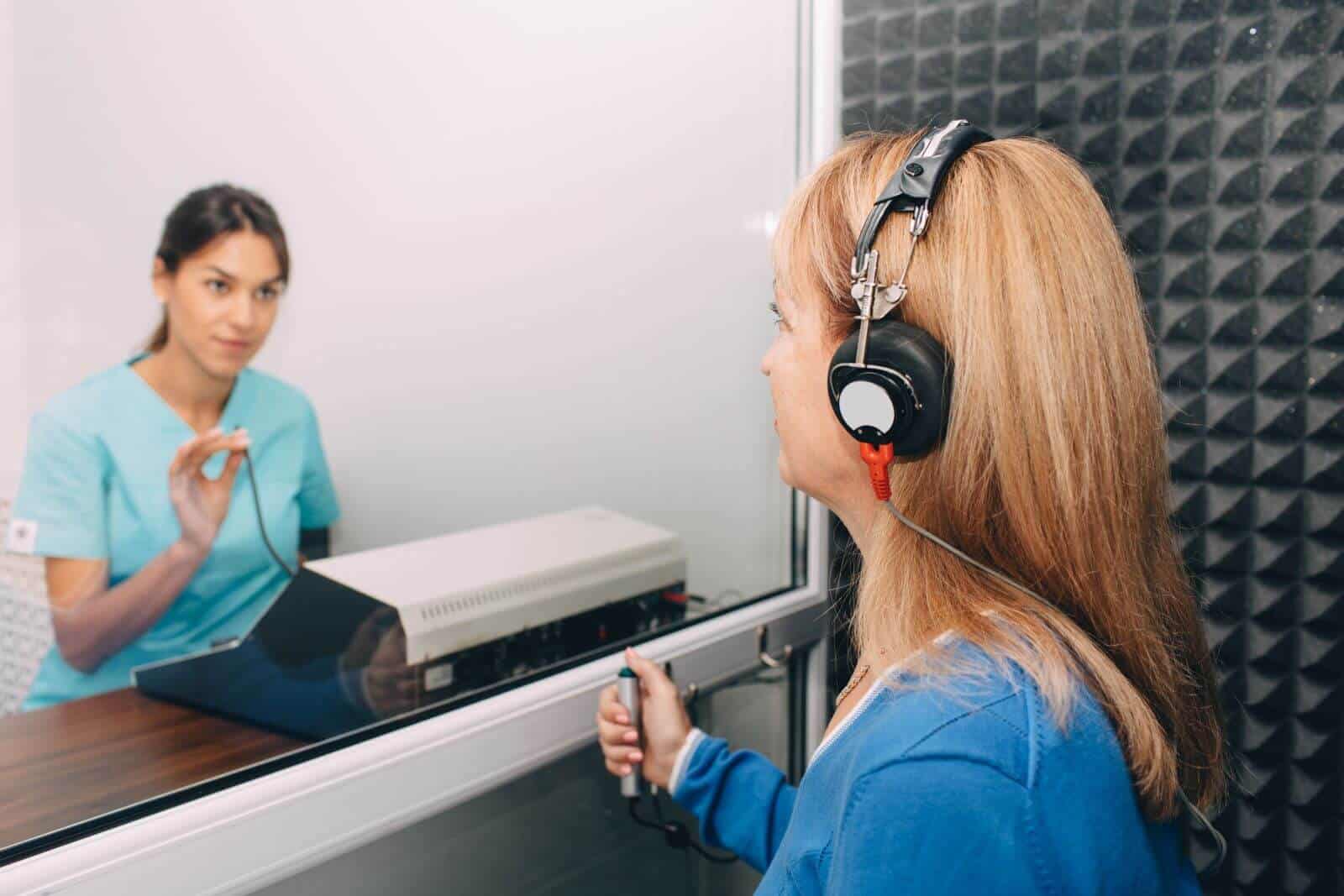What to Expect at a Hearing Test
Do you have trouble hearing conversations in noisy environments, or are you unclear about certain aspects of your auditory health? A hearing test can be a great way to determine the presence of hearing impairment or other audiological disorders. They provide an objective assessment of our ability to hear and help audiologists choose the best treatment options. Whether it's to have peace of mind over the state of your auditory health or present a record for further action should there be any problems with your existing condition, most people can benefit significantly from undergoing regular hearing evaluations. Though they are often quick and painless, lasting anywhere between 30 minutes to an hour, it is good to familiarize yourself with the stages and procedures involved beforehand. Being knowledgeable facilitates confidence and a smooth testing process, leading to more accurate results, which ultimately lead to the best possible treatments and solutions. Hearing tests typically consist of five main components. However, as each person's hearing needs are different, you may not be subject to every aspect of the assessment, which includes the following:
Schedule an Appointment
Medical History Questionnaire
Before the actual hearing tests begin, the audiologist will ask you a series of questions related to your medical history. These inquiries are intended to gain an understanding of any current or past medication use, family hearing problems, noise exposure levels, hobbies, and work activities that might influence your hearing and test results. All of this data is used to form a comprehensive picture of your overall hearing health before the audiologist administers the actual hearing test.

Otoscopy
The otoscopy is generally the second part of any hearing test. During this stage, the audiologist will use an instrument called an otoscope to closely inspect the internal condition of your outer and middle ear. They will carefully look to see if there are any physical obstructions or irregularities in the ear canal while searching for signs of damage to the eardrums.

Tympanometry
Tympanometry testing provides audiologists with an accurate picture of the flexibility of the eardrums. A tympanometer probe is used to manipulate the pressure within the ear canal as a pure-tone sound stimulus is applied at various pressure levels. The results of this test are then plotted on a basic line graph known as a tympanogram. Tympanometries allow audiologists to accurately detect the presence of fluid buildup or eardrum damage.

Speech Testing
The Speech Testing procedure takes place in a soundproof space that involves wearing headphones throughout two different segments. During the Speech Recognition Threshold assessment, words are presented to you at a gradually decreasing volume, and your ability to recite those words accurately is recorded. The Word Recognition Test measures how well you can identify words presented at a steady, normalized volume. The results provide audiologists with valuable insight into conceiving the best possible treatment plan for your specific hearing needs.

Air and Bone Conduction Testing
Air and bone conduction tests are an integral part of hearing exams that audiologists use to distinguish the source of hearing loss. In the air conduction test, you will be asked to confirm when you hear various tones and frequencies by pressing a button or raising your hand. The bone conduction test requires you to wear a special headband containing a plastic unit that generates vibrations, directly stimulating the auditory nerve with your reactions to the haptics being recorded. This data is then used in combination with the results from the air conduction test to determine if your hearing loss is due to physical obstructions or complications, or due to damage to the auditory nerves.
